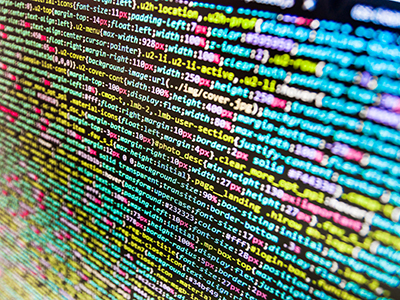
On May 3, 2018, the New York Court of Appeals held that data copied onto a server constitutes a tangible reproduction for purposes of liability under the New York Penal Code, marking the end of Sergey Aleynikov’s nine year battle with federal and state prosecutors. Trade Secrets Watch has kept you up to date with the seemingly never-ending saga – most recently here, here, and here.
As a refresher, Programmer Sergey Aleynikov was accused of copying thousands of lines of code from his former employer, Goldman Sachs Group Inc. in July 2009. The Second Circuit upheld Aleynikov’s conviction under the National Stolen Property Act (NSPA) and the Economic Espionage Act (EEA), but later prompted legislative changes when it reversed, finding that Aleynikov had not stolen a “good” as defined by the NSPA, nor a trade secret intended for use in interstate or international commerce, as required by the EEA.
Six months later, the Manhattan District Attorney’s office filed charges against Aleynikov for violation of Penal Code § 165.07, which makes it a crime to make a “tangible reproduction or representation of such secret scientific material.” Although a jury convicted him, the New York Supreme Court judge set aside the verdict, holding that (i) code on a computer is not tangible until printed out on paper and (ii) Plaintiffs failed to show that Aleynikov intended to deprive Goldman of the code. On appeal, the New York Supreme Court, Appellate Division, found that the issue was “not whether the source code itself was tangible, but whether the defendant made a tangible reproduction of it.” Therefore, the Appellate Division reinstated the verdict, finding that Aleynikov intended to exercise permanent control over the code.
The NY Court of Appeals affirmed the Appellate Division, rejecting Defendant’s argument that “tangible” meant the ability to manually touch the object, and instead defining tangible as anything that is material or has a physical form. The NY Court of Appeals also looked to the legislative history of the statute, which aimed to criminalize photographs and other non-traditional theft of intellectual property. Accordingly, the NY high court found that a jury, having heard a computer engineer’s testimony that computer files take up physical space on hard drives, could have reasonably found that Aleynikov’s reproduction onto the server was material.
As for Aleynikov’s argument that he had no intent to appropriate the code because he did not intend to deprive Goldman of its use, the NY Court of Appeals noted that the statute requires “intent to appropriate . . . the use of secret scientific material,” not the code itself. The penal code also defines “appropriate” as exercising control over the property either (i) “permanently” or (ii) “for so extended a period or under such circumstances as to acquire the major portion of its economic value or benefit.” Because Aleynikov conceded that he intended to retain the code permanently, the NY high court found that he had the requisite intent.
Although employers are able to pursue civil remedies for data theft by employees, prosecutors in many states have struggled for years to prosecute many forms of data theft under antiquated criminal statutes which often fail to include definitions encompassing data. While prosecutors were successful in this case, the nine year duration may prompt legislators across the nation to update antiquated criminal statutes to reflect advancements in the Digital Age. As usual, Trade Secrets Watch will keep you updated.

